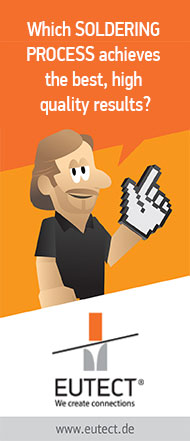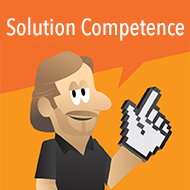Which soldering process achieves the best, high quality results?
To start with, this topic is a mere theoretical analysis. The facts listed here are only feasible if working in a perfect production environment, with pre-products without tolerances etc. This is de facto not in accordance with reality. In all process variants of packaging and connectivity, the final soldering quality depends on optimal layout of the assemblies, pin-pad component and wetting-friendly metallization of all components involved. In addition, the corresponding fluxes and soldering materials as well as the overall soldering automation concept must be considered.
Nevertheless, we still address the question of which soldering process delivers the best, high-quality results from the merely technical side. The following soldering process comparisons are based on a basic physical qualities as a first orientation. First of all, the process capability index Cpk or the parts per million (ppm) are to be evaluated independently and thus independently from the manufacturer of the soldering automation. Whereby the real ppm tolerance range is very much dependent on the core competence and professionalism of the soldering automation manufacturer.
The quality key figures of Cpk, ppm and percentage rejects are based on the following conversions:
1ppm=0.0001%
0.3 as Cpk corresponds to 32% corresponds to 320,000 ppm
1.00 as Cpk corresponds to 2.7% corresponds to 2700 ppm
1.33 as Cpk corresponds to 0.0063% corresponds to 63 ppm
The ranking of the quality-comparative soldering processes is as follows:
Mini wave soldering process with inert gas: 0.01 to 0.05 %: 100 to 500 ppm
Laser soldering process: 0.1 to 3% = 1,000 to 30,000 ppm
Piston soldering process: 0.9 to 7% = 9,000 to 70,000 ppm
Thermode soldering process: 0.3 to 3% = 3,000 to 30,000 ppm
Induction brazing process: 0.3 to 3% = 3,000 to 30,000 ppm
For comparison:
Reflow soldering process: 0.005 to 0.030%: 50 to 300 ppm
With this approach, all selective soldering processes can be evaluated in relation to each other and put into an overall economic understanding together with the additional boundary conditions. For a project-oriented quality assessment, a process evaluation under real process conditions is therefore essential. This procedure offers the possibility of being able to make the planned investment decision with full confidence.
Due to the fundamentally physically sound process factors, the mini wave soldering process in its professional application is the first qualitative choice of possible selective soldering processes.
















